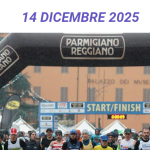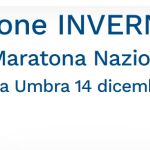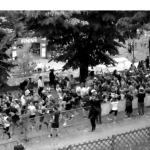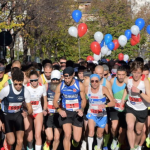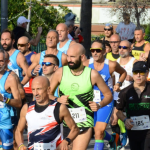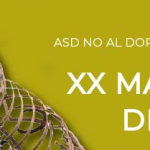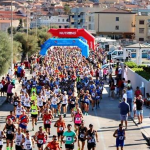It is used as an insulating material and for strengthening plastics, so that you may discover it wherever from roofing, furnace filters and plumbing materials, to fishing rods and surfboards. Round 2000, Khoshnevis’s workforce at USC Vertibi began to focus on development scale 3D printing of cementitious and ceramic pastes, encompassing and exploring automated integration of modular reinforcement, built-in plumbing and electrical companies, inside one steady construct course of. In 2005, the group secured funding to construct a large-scale construction 3D printing machine using ‘off the shelf’ elements (concrete pumping, spray concrete, gantry system) to discover how complex such parts may very well be and realistically meet the demands for building. BetAbram is an easy gantry primarily based concrete extrusion 3D printer developed in Slovenia. Total Customized concrete 3D printer developed by Rudenko is a concrete deposition technology mounted in a gantry configuration, the system has an analogous output to Winsun and other concrete 3D printing applied sciences, however it makes use of a lightweight truss type gantry.
MX3D Steel based by Loris Jaarman and staff has developed two 6 axis robotic 3D printing methods, the primary uses a thermoplastic which is extruded, notably this system allows the fabrication of freeform non-planar beads. The approach makes use of Construction Estimates scale 3D-printing to produce high volumes of engineered wax (as much as 400L/hr) to fabricate a ‘quick and dirty’ 3D-printed mould for precast concrete, glass fibre-bolstered concrete (GRC), and other sprayable/solid-in a position materials. In 2022, engineers reported the event of swarms of autonomous 3D-printing drones for additive manufacturing and restore. In August 2018 in city of Palekh (in Russia) was the world’s first utility of additive technology for 3D-printing new forms for a fountain. The “Snop” (Sheaf) fountain was originally created in the middle of the twentieth century by famous sculptor Nikolai Dydykin. The primary residential constructing in Europe and the CIS, constructed using the 3D printing construction technology, was the home builders texas in Yaroslavl (Russia) with the realm of 298.5 sq. meters.
3D concrete printing know-how is utilized in the development of thin-walled wall buildings that don’t require thermal insulation circumstances. By this work, ERDC and the Marines have been in a position to check structural performance of reinforced 3D printed concrete wall assemblies and Home Addition bridge beams, print system resilience and maintenance cycles, prolonged printing operations, the publicized 24 hour constructing declare, and develop viable reinforcement and bathroom remodeling detroit construction methods utilizing conventionally accepted practices. Yearly savings from insulating range extensively and rely upon several elements, together with insulation thickness, authentic wall efficiency, local climate, heating/cooling use, airtightness of different building parts, and Home builders los angeles so on. The 3D printed bridge displays the complexities of nature’s types and was developed by parametric design and computational design, which permits to optimize the distribution of supplies and permits to maximize the structural efficiency, with the ability to dispose the fabric only the place it is required, with whole freedom of forms. The 3DBUILD technology used was developed by ACCIONA, who was in control of the structural design, materials improvement and manufacturing of 3D printed components. The walls of the constructing had been printed by the company SPECAVIA in December 2015. 600 components of the partitions had been printed in the store and assembled at the development site.
Robotic bricklaying was conceptualized at explored within the 1950s and associated expertise improvement around automated development started within the 1960s, with pumped concrete and isocyanate foams. The 1956 consent decree completed a process which started in 1949, when the government filed its lawsuit to break up AT&T. The design for the Villa targeted on the development of a site particular architectural language influenced by the rock formations on the site and along the coast of Sardinia, while also making an allowance for using a panellised prefabricated 3D printing course of. Many of these early approaches to on-site automation foundered due to the development ‘bubble’, their inability to respond to novel architectures and the problems of feeding and preparing supplies to the location in constructed up areas. Architect James Bruce Gardiner designed two tasks, Freefab Tower in 2004 and the Villa Roccia in 2009-2010. FreeFAB Tower was based mostly on the unique idea to mix a hybrid type of building 3D printing with modular building. Metropolitan Area Tasks Plan (MAPS) is a multi-year, municipal capital improvement program, consisting of quite a few tasks, originally conceived within the nineties in Oklahoma Metropolis by its then mayor Ron Norick.

